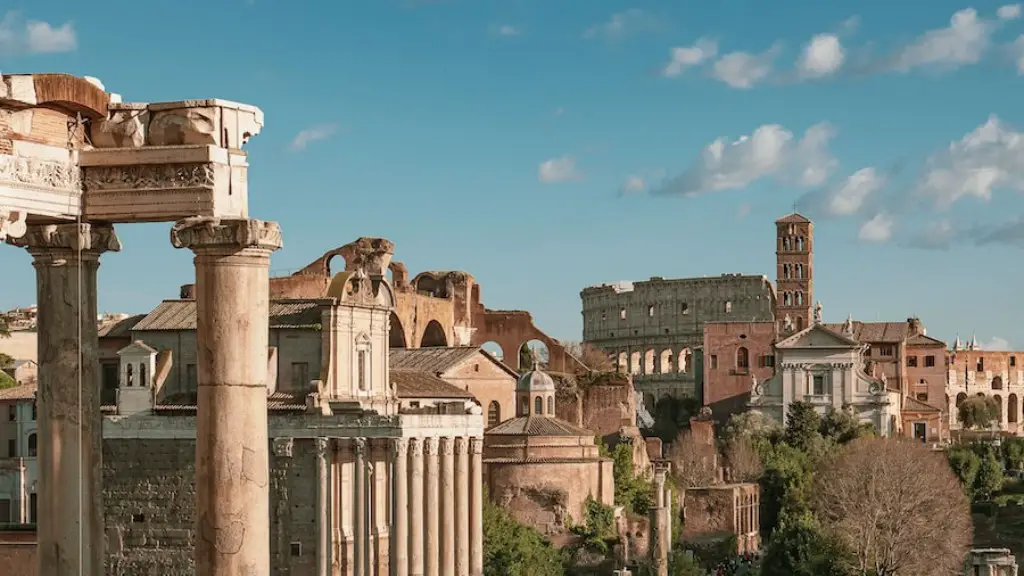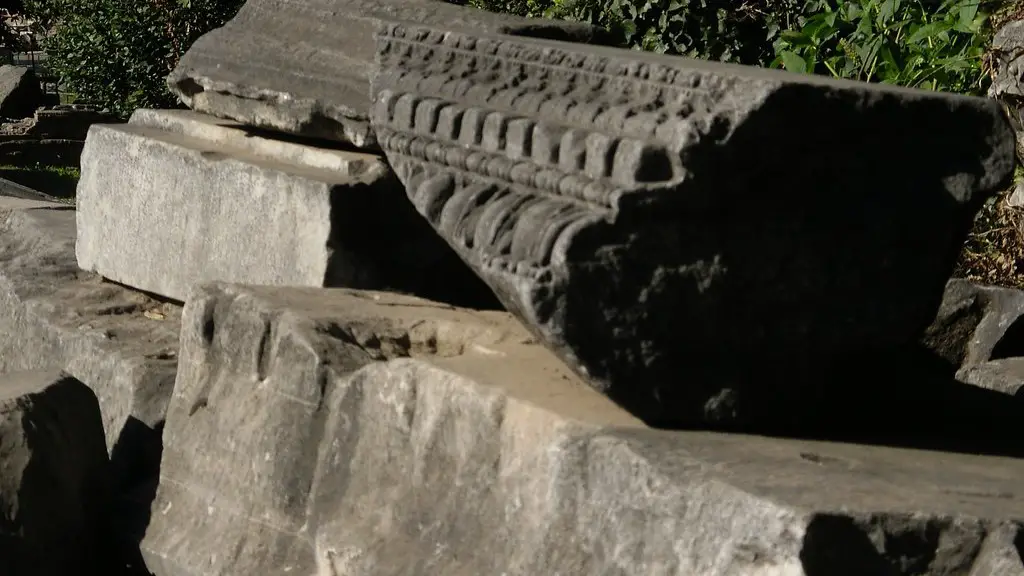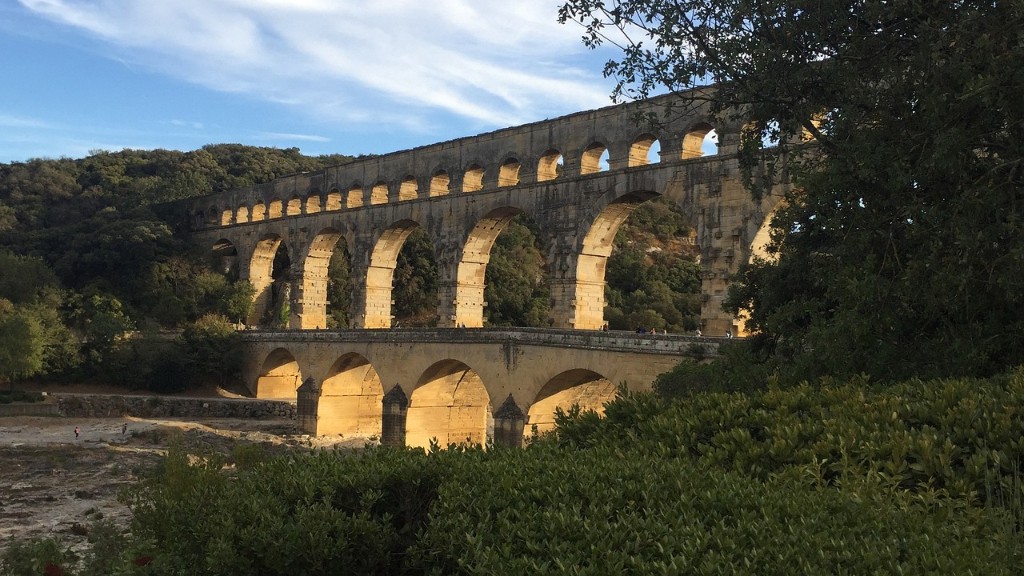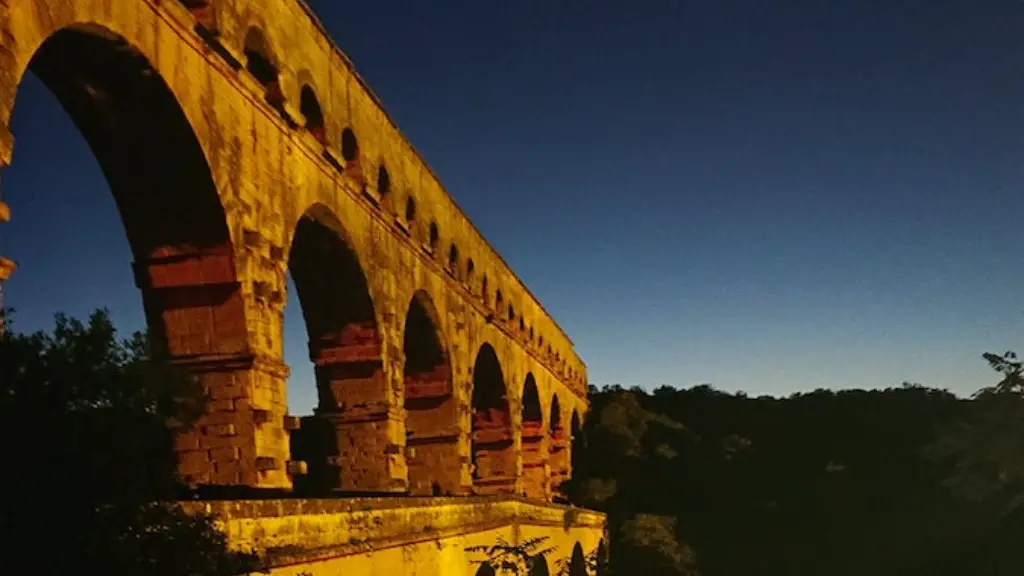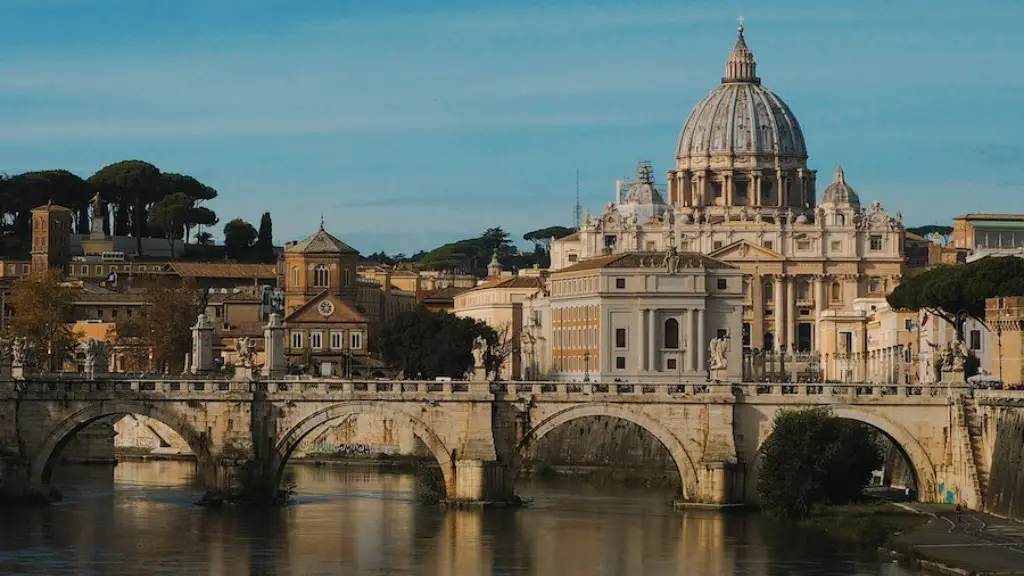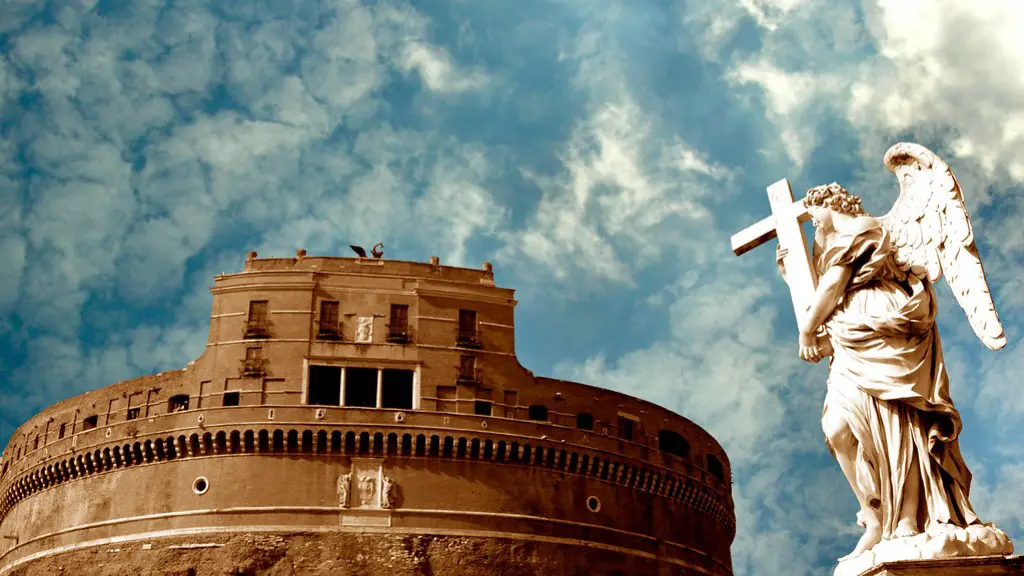Roman domes were built during the height of the Roman Empire. Ancient Roman engineers were some of the first to experiment with the arch, which would become a key component in their domes. The design of Roman domes was based on the principles of physics and geometry, and they were constructed using a variety of materials, including brick, concrete, and stone. Ancient Roman domes were built to last, and many of them are still standing today.
The Pantheon in Rome is a prime example of ancient Roman dome construction. The massive brick dome has a diameter of142 feet and is supported by a concrete and brick drum. The exterior of the dome is covered in sheets of lead. The interior of the dome is decorated with coffers, or sunken panels.
How did ancient people build domes?
Domes have been used throughout history as a means of creating a strong and durable roof. The earliest known examples of domed structures are from the Neolithic period, and were likely made from saplings, reeds, or timbers, and covered with thatch, turf, or skins. Over time, the materials used to build domes transitioned to rammed earth, mud-brick, or more durable stone, depending on the local conditions. Today, domes are still used as a means of creating a strong and durable roof, and can be found on a variety of structures, from homes to government buildings.
This system of construction employs a type of brick lattice that is then filled in with concrete to create a closed dome. The vertical lines of bricks essentially form a series of arches that are connected at the top of the dome by a common keystone. This system began being used during the 4th century and was popularized during the Renaissance.
What building material did the Romans use to build the domes
Concrete is a material that was used extensively by the Ancient Romans. It is a versatile material that can be used for a variety of purposes, such as building structures like the Pantheon Dome or for creating harbors like the Caesarea Maritima.
The ancient Romans were not the first to build domes, but they did perfect the art of dome construction. They developed an extensive repertoire of shapes and sizes, and ascribed a variety of functions and meanings to the domes they built. The ancient Romans saw the dome as a symbol of power and majesty, and used them to show off their wealth and status. The largest and most famous dome in the ancient world was the Pantheon, which was built to symbolize the power of the Roman Empire.
How was the dome built?
Brunelleschi was a master of engineering and architecture, and his design for the dome of the Florence Cathedral was groundbreaking. He employed innovative machines that he designed himself to build the dome, and the organisation of the worksite and the availability of machines that could move enormous weights and lift them to considerable heights played a decisive role in the construction of the dome.
Ancient Rome is known for their grand, world-famous domes. This architectural element allowed them to create vaulted ceilings and large rooms in their buildings throughout the empire. You would often see Ancient Roman domes atop their temples, bathhouses (thermae), basilicas, and churches.
How did the Romans built the dome Pantheon?
The Roman builders constructed a dome in a very methodical way. First, they built a strong base which was in the shape of a rotunda. This acted as the foundation for the ceiling. Then, they used the vertical walls on either side to support the dome. This made the dome extremely strong and resistant to external forces.
A dome is a three-dimensional structure, usually with a circular or oval basis, that is often seen in nature (e.g. an egg) and in architecture (e.g. the Pantheon in Rome).
The strength of a dome comes from its shape. The weight of the dome is distributed evenly over the entire surface area, which reduces the load on any one point. This is why domes are often used in architecture, as they can support a large amount of weight.
Eggshells are also very strong in comparison to their thinness. This is because they are also dome-shaped, which distributes the weight evenly and prevents the shell from breaking.
How does a dome support itself
Domes are a type of architectural structure that are supported by an elliptical or circular wall called a drum. If the drum extends to ground level, the structure is known as a rotunda. Drums may also be called tholobates and may or may not contain windows.
Aluminum tobermorite is a very rare hydrothermal mineral that forms in concrete. It is long known to give Roman concrete its strength. However, it is very difficult to incorporate it into concrete.
How did Romans lift heavy stones?
A treadwheel crane is a hoisting and lowering device that was primarily used during the Roman period and the Middle Ages. It consists of a wooden platform that is powered by a human walking inside it. The treadwheel crane was used to lift heavy loads during the construction of castles and cathedrals.
This is truly remarkable and underscores just how much we have yet to learn about this wonder material.
Who built a Roman style dome
The emperor Hadrian was responsible for the completion of the Pantheon around 126 AD. The building, which was originally a Roman temple, is now a church. The Pantheon’s dome is the largest unreinforced concrete dome in the world and is a miracle of ancient architecture.
Michelangelo is one of the most celebrated artists in history. He was a master of painting, sculpture and architecture. His best-known works include the statue of David and the Sistine Chapel ceiling. In 1546, at age 71, Michelangelo was commissioned by Pope Paul III to be the chief architect of St. Peter’s Basilica, the largest church in the world. The basilica, with its massive dome, is an iconic symbol of the Vatican and of the city of Rome. Michelangelo’s design for the basilica was influential for many years to come.
What are some facts about Roman domes?
Roman domes were designed to be partially or completely concealed from the outside of the building. However, in some circumstances, they were covered with conical or polygonal roofs. Domes would also become monumental in size during the Roman Imperial period.
A dome is a structure that is typically made of metal or concrete and is designed to withstand the force of the air pressure and gravity. The metal or concrete is typically reinforced with steel or other materials to make it stronger. The inside air pressure of a dome is typically only slightly higher than the outside pressure.
How long did it take to build the Dome
The building of the Duomo di Firenze took 142 years, from 1296 to 1436. The original design and master mason is unknown, though many artists have been attributed over the centuries. The massive size and intricate design of the cathedral made it one of the most impressive Gothic structures in all of Europe.
The US Capitol’s cast iron dome is one of the most iconic features of the building. It was designed by Thomas U Walter and constructed from 1856-1866 at the total cost of $1,047,291. The dome is an important symbol of American democracy and stands as a reminder of the strength and resilience of our nation.
Conclusion
There is no one answer to this question, as there are several different ways that domes could have been built in ancient Rome. Some methods that have been suggested include using wooden forms, employing a series of arches, or constructing a do
Domes were built in ancient Rome by first creating a wooden framework. Then, workers would place bricks or stones in a spiral pattern around the framework. Finally, they would cover the entire structure with plaster or concrete. This created a strong and stable dome that could withstand the weight of the materials used to build it.
